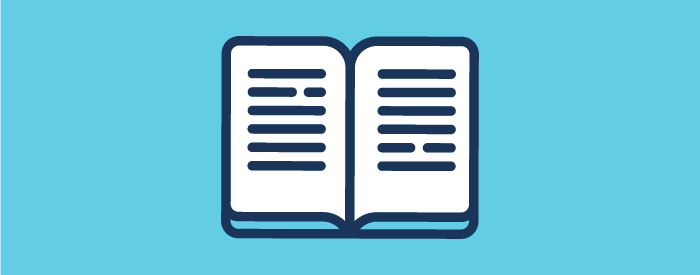Accessing the Future in Cleaning
This article appeared in Tomorrow’s Cleaning Product & Services Guide.
The nature of work in the commercial cleaning industry is inherently manual. With a workforce often dispersed over many locations and contracts, it may seem like the only way to track the status of scheduled work and the location of your employees at any given time is through manual means, too.
The truth is, though, the future of cleaning is changing. More and more, technology is being integrated into the daily lives of cleaners in the field, to the managers who oversee their work and the administrators tying together the contract management on the backend. It impacts the way work is assigned, how tasks are completed and documented, and how employees are communicated with on a day-to-day basis. It impacts the way customers receive updates from what’s going on at their locations, how they request additional work and how they review work based on SLAs.
Technology is now everywhere in this historically manual world. Except, when it isn’t.
Many years ago when software solutions first entered the market, there was only one real choice in how companies could implement it: as an on-premise solution. That meant it was installed, operated and maintained by the purchasing company.
With the emergence of cloud technology, though, on-premise software solutions are gradually becoming as much of a thing of the past as manual processes. Yet, just as cleaning companies were once hesitant to invest in efficiency-driving on-premise software, the migration to a cloud-hosted system may seem daunting. It’s important to emphasise the benefits of the latter, especially when considering the long-term health of your business.
Improved security
One of the biggest misconceptions about cloud-hosted software is that it is inherently less secure than on-premise solutions. In reality, though, cloud software can actually help strengthen your security protocols. Between a mix of encryptions, cloud servers and infrastructure monitoring, it is a secure option for all kinds of software functions, from payment processing to storing customer data.
Heightened accessibility
Cloud-based software systems enable users to access the system from anywhere, as long as they’re connected through the internet – and, of course, assuming the user has the appropriate password and sign on credentials to allow access.
When thinking about this from a contract management lens, this kind of deployment can only help field-based cleaners, managers and supervisors access information, complete tasks, and resolve incidents faster and at scale.
Under a premise model, mobile accessibility is harder to achieve as everything has to be established in-network. With cloud-based hosting systems, you can set up contract locations quickly, schedule your teams as needed and get to work without delay.
This is also a variable to consider as workplace culture continues to evolve, and more and more flexible work opportunities are being introduced in the industry. Cloud technology helps support this kind of flexibility, without losing your control and oversight of employees.
Mitigating risk
Cloud systems often have the capability for data back up. This means that if there is a data breach, or a system outage, or any other predicament requiring recovery, the system can be recovered to the last state of backup. It’s important to consider factors like security, software uptime and downtime rates, and other performance metrics when making the switch from either manual processes or on-premise software solutions to cloud-hosted solutions.
For example, the next generation of Timegate – TEAM by WorkWave – follows industry standard practices, which allow services to be recovered in a disaster event.
Don’t get left behind
Cloud-hosted systems are not new to the software industry as a whole. As commercial cleaning industries begin to migrate from on-premise solutions to cloud-hosted iterations, it’s important to not fall behind the trend. The benefits of cloud technology can extend all the way through to customer satisfaction, which can make all the difference in contract retention. Use this technology to enhance and support your service delivery and ensure your company is well-equipped for the future of the industry.
